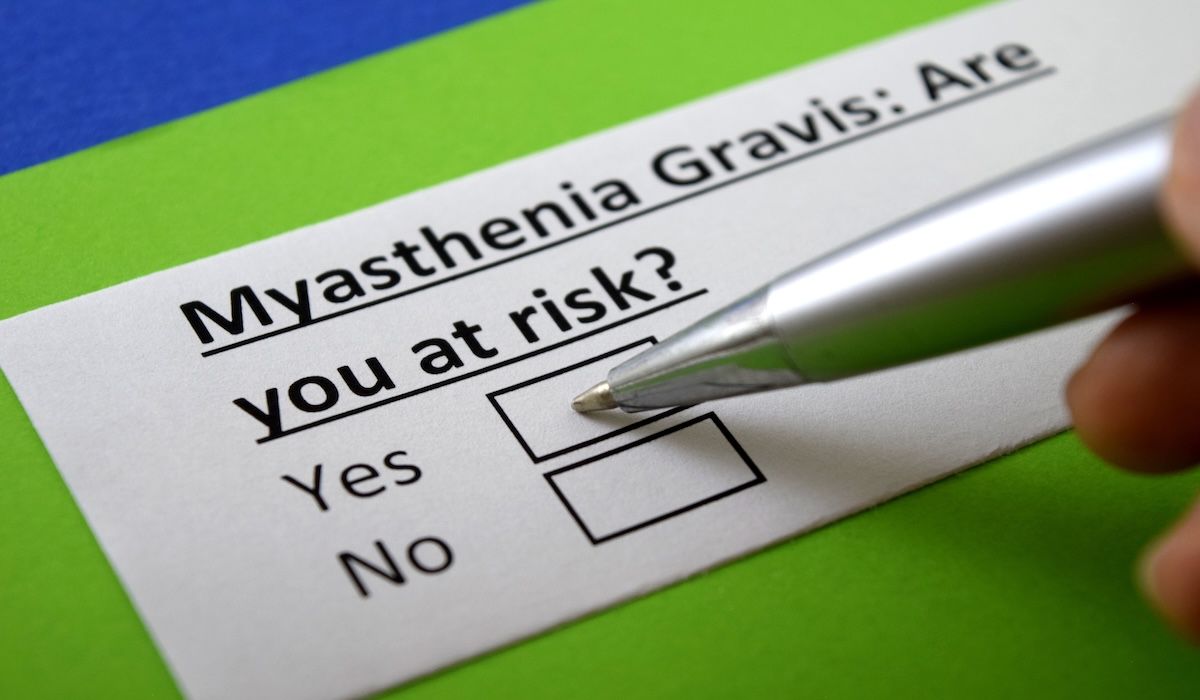Article
The Latest Trend in Medicaid Cuts: Reining in the Ride
Author(s):
Critics of the non-emergency transportation benefit cite the potential for fraud, but others say transportation often tops the list of reasons people miss medical appointments.
When Congress created Medicaid more than 50 years ago, it recognized from the start that for some patients, paying for medical care also meant getting them there. Among those who got transport: the mentally ill, addicts in need of substance abuse treatment, dialysis patients, seniors in adult day care, or children with complex disabilities.
Rides could come in many forms. To save money, seniors might take a communal bus to a hospital for a day program. But for fragile patients in a wheelchair, it can mean an ambulance ride, sometimes for a long distance to see a specialist. And the ranks who qualify for care have grown as more Americans now qualify for Medicaid, with 32 states having embrace expansion under the Affordable Care Act.
Republicans who control Washington are looking to rein in that spending, and their frequent refrain of “waste, fraud, and abuse,” has put their sights on a benefit that some see as essential, and others call an unnecessary expenditure: non-emergency medical transportation (NEMT).
The most recent estimate put the cost of this benefit at $3 billion a year. It’s not just the cost, it’s the requirement that states provide it that irks critics who say it’s an invitation for fraud, and mostly not needed. In a 2016 essay in Health Affairs written when she was rolling out Indiana’s Medicaid plan, CMS Administrator Seema Verma wrote that 90% of beneficiaries had their own rides or the ability to rely on family or friends.
In December, New York’s Comptroller announced an audit had uncovered millions in overpayments and put in controls that would save $7.6 million over the next 5 years. Parents or family members of clients have been found to be in on schemes to bill Medicaid for trips that never took place, pocketing part of the cash.
Besides Indiana, states that have sought waivers to drop the transportation requirement include GOP strongholds like Kentucky and Iowa. But Massachusetts, the originator of the individual mandate, also has a waiver pending. CMS encouraged states to seek waivers, as part of its March call to governors to design Medicaid systems that looked more like private coverage.
Kaiser Health News recently profiled the family of a 5-year-old girl, Maddie Holt, who has a rare genetic condition that has left her nearly blind and deaf, disabled, and likely to have frequent seizures. Her parents have vision problems and are poverty-stricken by Maddie’s illness, so they don’t own a car.
Without the NEMT benefit, Maddie would have no way to make the hourlong trip each way from her home in Everett, Washington, to see specialists in Seattle. And there are many more like her.
Transportation issues are frequently cited as a barrier to timely care, and are often the most frequent reason patients miss appointments. Ending requirements for states to provide transportation will inevitably mean leaving some patients with nowhere to turn. Some states and providers have experimented with solutions like telehealth, which might work for mental health counseling. But transportation will be needed for those who need dialysis, or for patients with disabilities who need specialized therapy.
A 2017 study shed light on cost considerations on this issue going forward. Matthew Lee Smith and his co-authors found that the costs for rural trips were considerably higher than those for urban users, with the rural trips costing an average $2910 more per trip, mostly due to longer distances.
Besides relying on volunteers and faith-based groups to reduce the cost, the authors said the long-term strategies should include preventing the need for trips themselves.
“Offering prevention programs such as those focusing on chronic disease self-management, fall prevention, and physical activity within this service infrastructure brings these services closer to participants’ homes and has potential to reduce travel-related attrition due to distance," they wrote.
Newsletter
Stay ahead of policy, cost, and value—subscribe to AJMC for expert insights at the intersection of clinical care and health economics.




